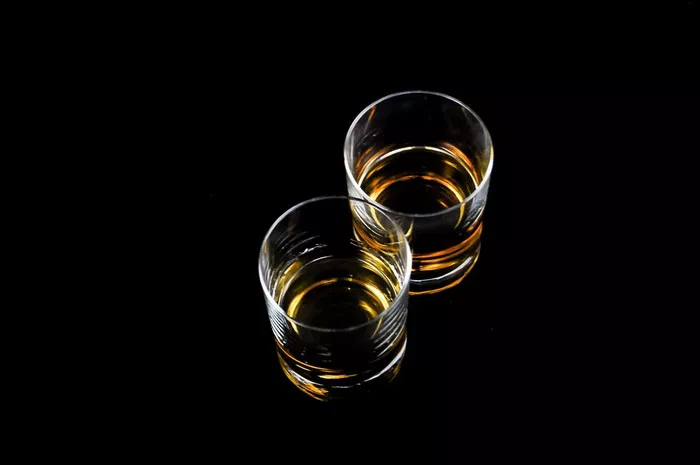Gin, a beloved spirit with a rich history, has become a staple in the world of cocktails and beverages. But have you ever wondered what exactly goes into making this versatile drink? From botanicals to distillation processes, we’ll unlock the secrets behind the creation of this beloved spirit.
1. Base Spirit
At the heart of gin production lies the base spirit, typically made from grains such as barley, wheat, or corn. This neutral alcohol acts as a canvas upon which the flavors of botanicals are painted. The base spirit is carefully selected for its purity and ability to carry the essence of the ingredients added during the distillation process.
Grain Selection: The choice of grains used to create the base spirit can influence the final character of the gin. Different grains bring unique qualities, from the smoothness of wheat to the richness of barley.
Fermentation: Once the grains are selected, they undergo fermentation, a process in which yeast converts sugars into alcohol. This creates the raw alcohol that serves as the foundation for gin production.
Distillation: The fermented liquid is then distilled to achieve a high-proof alcohol. Distillation plays a crucial role in purifying the alcohol and eliminating impurities, resulting in a clean and neutral base.
2. Botanicals
One of the most captivating aspects of gin is its botanical blend. These carefully selected herbs, spices, fruits, and roots are the cornerstone of gin’s diverse flavors. Botanicals are added during the distillation process or infused afterward to infuse the spirit with distinctive aromas.
Juniper Berries: Juniper is the star of the show when it comes to gin. The berries provide the dominant piney and resinous flavor that defines gin. A well-crafted gin showcases the perfect balance of juniper.
Citrus Peel: Citrus peels, such as those from oranges, lemons, and limes, contribute zesty and bright notes that complement the juniper base. These peels add a refreshing and vibrant character to the gin.
Herbal Infusions: Botanicals like coriander, angelica root, and licorice root introduce a myriad of herbal and earthy tones to gin. These ingredients enhance the complexity of the spirit, making each sip a journey of flavors.
Spice Accents: To add a touch of warmth and depth, spices like cinnamon, cardamom, and cassia bark are often included. These spices bring a subtle warmth that lingers on the palate.
Unique Additions: Some distillers take creativity to the next level by incorporating unconventional botanicals like rose petals, cucumber, or even lavender. These unique additions result in gins that are truly distinct and innovative.
3. Distillation Process
The distillation process is where the magic happens. It’s here that the base spirit and botanicals intertwine, resulting in the harmonious fusion of flavors that gin enthusiasts adore.
Pot Still vs. Column Still: There are two primary types of stills used in gin production: pot stills and column stills. Pot stills are known for producing smaller batches with intense flavors, while column stills allow for continuous distillation and a lighter profile.
Heads, Hearts, and Tails: During distillation, the process is divided into three parts – the initial harsh “heads,” the high-quality “hearts” containing the desired flavors, and the diminishing “tails.” Distillers carefully monitor and separate these components to ensure only the finest spirits make it into the final product.
Multiple Distillations: Some gins undergo multiple distillations to achieve the desired level of purity and flavor concentration. Each distillation round refines the spirit, resulting in a smoother and more refined end product.
4. Aging
While aging is not a mandatory step in gin production, some distillers opt to age their gin to enhance its complexity and character. Barrel aging, similar to whiskey and other spirits, can add depth and additional layers of flavor to the gin.
Oak Barrels: If barrel-aged, gin is typically stored in oak barrels that were previously used for aging other spirits. These barrels impart subtle woody and vanilla notes to the gin over time.
Aging Duration: The length of aging varies based on distiller preferences. Shorter aging periods allow the botanicals to shine through, while longer periods result in a more integrated and nuanced flavor profile.
Conclusion
In conclusion, the creation of gin is a meticulous process that involves a delicate balance of botanicals, distillation techniques, and craftsmanship. From the choice of base spirit to the selection of botanicals and the intricacies of distillation, every step contributes to the final product’s unique character.


